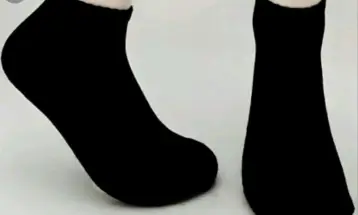Kretek Dance, Describing the Story and Daily Life of Cigarette Sellers

Holiday Ayo - Kudus is a city in Central Java Province of Indonesia that is known for the industry of kretek. Kretek are Indonesian original unfiltered cigarettes, made with a blend of tobacco, cloves, and other flavors. The word “kretek” itself is an onomatopoetic of the crackling sound of burning cloves.
The economy of Kudus City is supported by kretek industry, which is a very vital sector in this region. It was to the point that a dance about the cigarettes and the sellers was created in this city. The dance is called Kretek Dance.
As cited from Tribunnewswiki.com, Kretek Dance describes the story and daily lives of kretek or cigarette sellers, from the tobacco picking process, to the cigarette selling process. The dance is performed by female dancers and one male dancer.
The female dancers in Kretek Dance will act like the workers, mimicking the movements of picking the tobacco. Meanwhile, the only male dancer will act like the foreman who is monitoring the workers and inspecting their individual work. The dance is usually accompanied with the music of gamelan set.
In the past, Kretek Dance was called Mbatil Dance. But the name turned out to be unpopular among the citizens. They then changed the name to Kretek, which is known to this day.
As cited from Indonesiakaya.com, Kretek Dance was created in 1982 by an artist named Endang Tonny. The movements tend to be graceful and elegant, with a lot of hand movements, which represents the fastness of the workers.
Some movements are also quite flirtatious. This is because in the past, some female workers had tried to flirt with the foreman in order to pass the inspection. The foreman, portrayed by the male dancer, would also flirt back.
For the costumes in Kretek Dance, the female dancers will wear the traditional clothes of Kudus. They will also wear caping, or Asian conical hats, and carry tampah, or the winnowing baskets. On the other hand, the one male dancer will also wear traditional clothe and blangkon, which is traditional Javanese headgear made of batik fabric.








Leave a comment